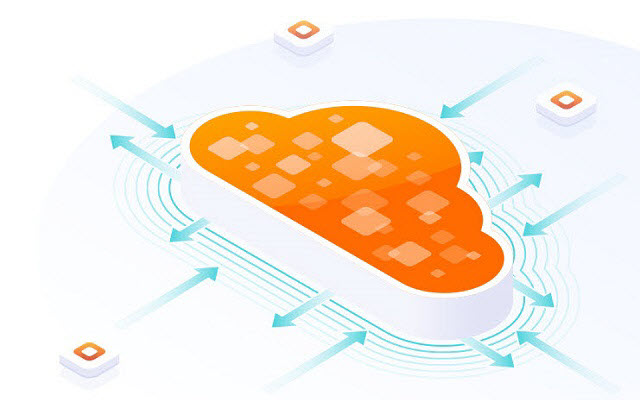This article explains how Alibaba Cloud uses serverless architecture to cut operational costs and improve communication for IoT devices in a cloud-native environment.

This article discusses the cost management practices of ApsaraMQ and introduces architectural optimizations and new capabilities in the serverless version.

This article introduces ApsaraMQ Copilot for RocketMQ, a tool that helps consumers use message queue products more efficiently and ensures the stability of business integration links.

The article delves into the evolution of modern messaging systems, focusing on key features such as software-hardware integration, millions of queues, and tiered storage.

This article introduces the technical architecture of a typical IoT scenario, emphasizing the dual role of Message Queues in connecting IoT applications and integrating cloud data processing.

This article introduces the event-driven aspects of RocketMQ 5.0 and EventBridge.

This article introduces the concepts and features of RocketMQ 5.0's stream processing capabilities, including RStreams and RSQLDB, and how they simplify stream processing.

This article introduces the concept of stream storage in RocketMQ 5.0, its usage scenarios, features, and applications through data integration cases.

This article introduces the evolution of message queues, the background and advantages of RocketMQ, and the driving forces behind its development towards the cloud-native era.

This article introduces the overall architecture of RocketMQ and how it supports diverse business scenarios based on its storage-compute separation architecture.

This article introduces the key features and enhancements of RocketMQ, focusing on its role in application decoupling, reliability, performance, and adaptability to various application architectures.

This article explores how RocketMQ solves complex business scenarios from a feature perspective.

This article is part of a series focusing on interview questions for technicians, with a specific emphasis on Kafka.

This article is part of a series focusing on interview questions for technicians, with a specific emphasis on SpringCloud.

This article describes how to use Prometheus to Monitor SQL Server.

This article introduces how to use Prometheus to Monitor Memcached.

This article introduces the features of random indexes in RocketMQ, including the separation of hot and cold data, specific details, and comparisons with other systems.

This article aims to analyze and evaluate the selection of technical architectures in a data-intensive application model.

This article describes the author's unedrstanding on RocketMQ Commit Log Storage Protocol.

This tutorial describes how to configure TLS-encrypted transmission in RocketMQ 5.0.
